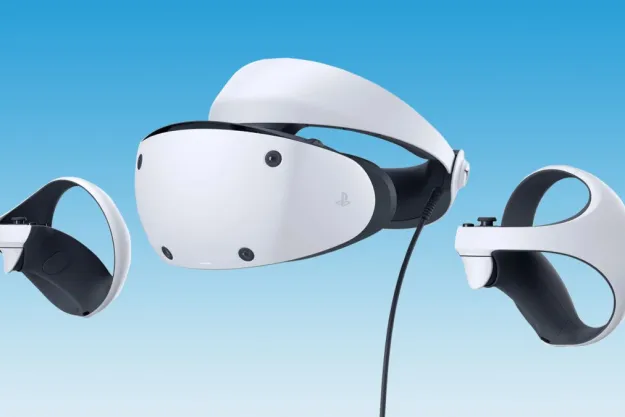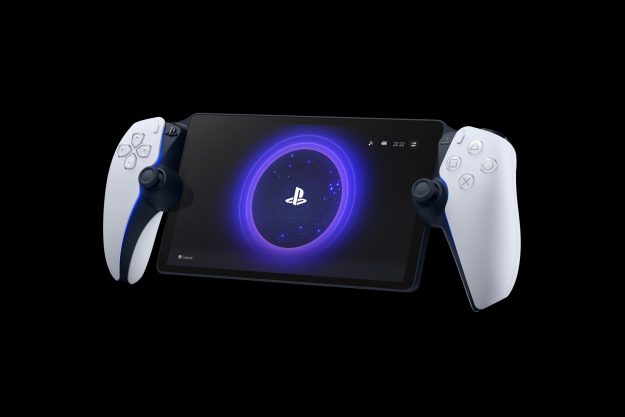A patent filing by Sony reveals that the PlayStation VR 2 is on its way with built-in cameras and augmented reality capabilities, to supplement the highly anticipated PlayStation 5.
The patent was first uncovered by Dutch blog Let’s Go Digital, which was also the first to report on what was initially thought to be the out-of-this-world design of the PlayStation 5. The unique, spaceship-like console, however, was recently confirmed to look very similar to the PlayStation 5 development kit.
Unlike the PlayStation 5 development kit, the patent suggests that the PlayStation VR 2 headset will have almost the same design as its predecessor, but with a few important upgrades.
The new headset will come with two built-in cameras in the front, a built-in camera in the back, and another one in the Move controller. There will also be LEDs for improved tracking and motion detection, plus a unique display for each eye to be able to show 3D images. It will still have a built-in mic, just like the first version of the device.
The patent also discusses the possibility of going wireless for the PlayStation VR 2 headset, but this will require the addition of Bluetooth connectivity, as well as a power source, and a video and audio signal source.
Lastly, the patent also mentions a “transparent mode” that will use front-facing cameras to allow the wearer to see their surroundings, just like in augmented reality headsets. This raises the possibility of augmented reality experiences for PlayStation VR games.
A rumor from a year ago claimed that the PlayStation VR 2 was on the way and that it will have a built-in camera with new Move controllers, just like the patent discovered by Let’s Go Digital. According to the rumor, Sony is also testing virtual reality gloves, and it remains to be seen if this turns out to be true.
The same source claimed that the PlayStation 5 will be released in either March or November 2020, which coincides with the official confirmation that the next-generation console will be released in next year’s holiday season.
The PlayStation 5 will be backward compatible with the original PlayStation VR and its games, and it remains unclear when Sony is targeting to roll out the new version of the headset.
Editors' Recommendations
- Is Helldivers 2 coming to Xbox?
- 3 PlayStation Plus games you need to play this weekend (May 10-12)
- PlayStation reverses course on controversial Helldivers 2 PC change
- If you’re not using PlayStation Stars, you’re missing out
- PlayStation 6: release date speculation, price, specs, and more


